Qualcomm debuts new Snapdragon G handheld gaming PC chips to compete with Intel and AMD
Snapdragon G3 Gen 3, Snapdragon G2 Gen 2, and Snapdragon G1 Gen 2 enter the ring.
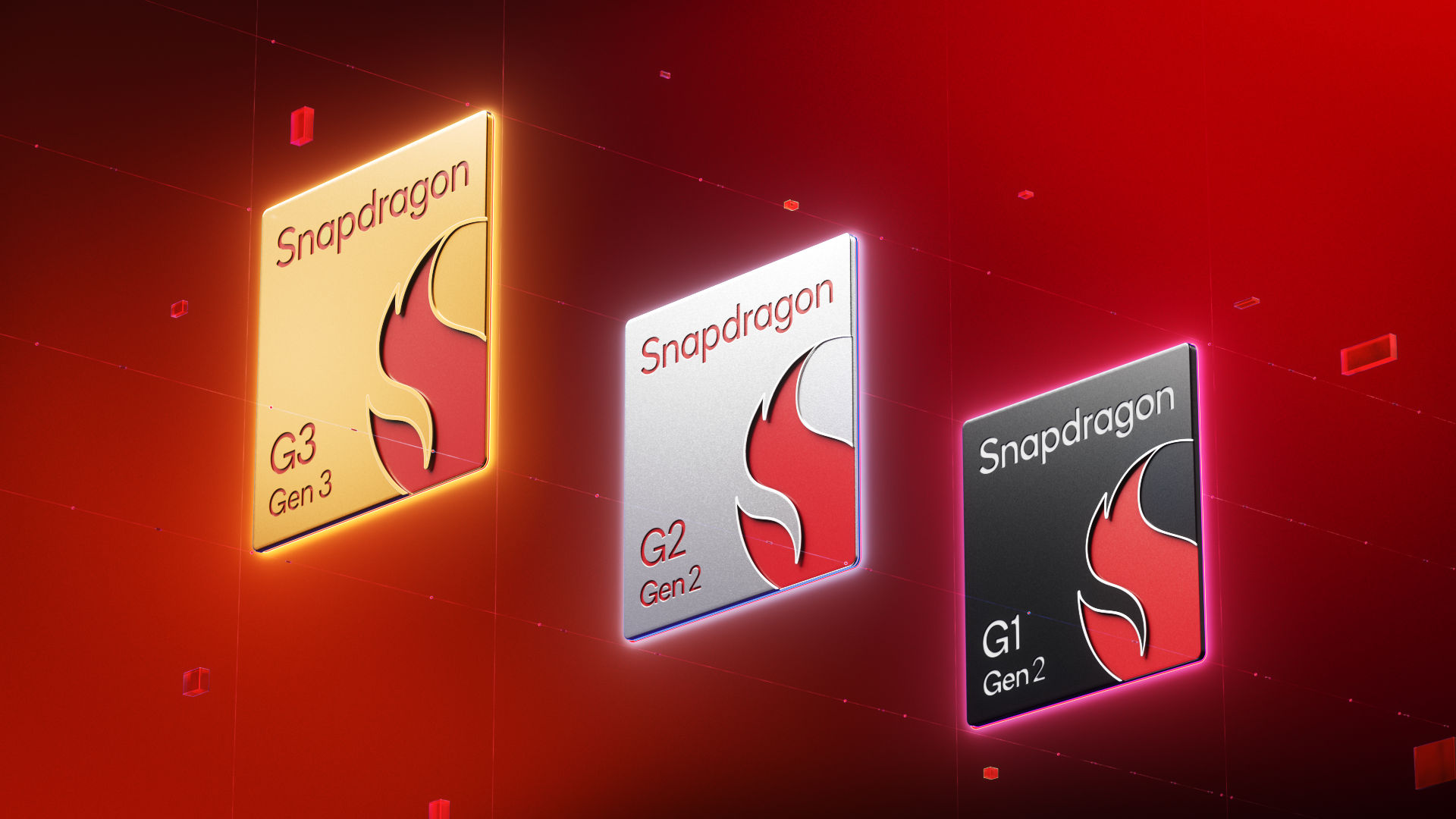
Qualcomm expanded its Snapdragon G series with three new gaming chips targeting handheld devices. The trio, consisting of the Snapdragon G3 Gen 3, Snapdragon G2 Gen 2, and Snapdragon G1 Gen 2, will power the next generation of offerings from OEMs, including Ayaneo, OneXPlayer, and Retroid Pocket.
The Snapdragon G3 Gen 3 leads the pack with an octa-core Kryo CPU consisting of one Prime, five Performance, and two Efficiency cores. It features the Adreno A32 GPU with ray tracing support. Qualcomm claims the Snapdragon G3 Gen 3 offers 30% faster CPU performance and 28% better GPU performance than the previous generation, the Snapdragon G3x Gen 2 from 2023.
Regarding features, the Snapdragon G3 Gen 3 is Qualcomm's first G-series chip to embrace Lumen, Unreal Engine 5's fully dynamic global illumination and reflections system. The chip retains its predecessor's FastConnect 7800 module, offering Wi-Fi 7 and Bluetooth 5.3 support. However, the upgraded Adreno A32, which likely features a higher clock speed, has allowed the Snapdragon G3 Gen 3 to support displays up to QHD+ 144 Hz, upping the resolution from the Snapdragon G3x Gen 2.
Qualcomm Snapdragon G Series Specifications
Platform | CPU | GPU | Connectivity | Display Support |
|---|---|---|---|---|
Snapdragon G3 Gen 3 | 8-core Kryo (1 Prime, 5 Performance, 2 Efficiency cores) | Adreno A32 | FastConnect 7800 (Wi-Fi 7, Bluetooth 5.3) | Up to QHD+ 144 Hz |
Snapdragon G3x Gen 2 | 8-core Kryo | Adreno A32 | FastConnect 7800 (Wi-Fi 7, Bluetooth 5.3) | Up to FHD+ 144 Hz |
Snapdragon G2 Gen 2 | 8-core Kryo (1 Prime, 4 Performance, 3 Efficiency cores) | Adreno A22 | FastConnect 7800 (Wi-Fi 7, Bluetooth 5.3) | Up to QHD+ 144 Hz |
Snapdragon G2 Gen 2 | 8-core Kryo | Adreno A21 | FastConnect 6700 (Wi-Fi 6/6E, Bluetooth 5) | Up to FHD+ 144 Hz |
Snapdragon G1 Gen 2 | 8-core Kryo (2 Performance, 6 Efficiency cores) | Adreno A12 | Wi-Fi 5, Bluetooth 5.1 | Up to FHD+ 120 Hz |
Snapdragon G1 Gen 1 | 8-core Kryo | Adreno A11 | Wi-Fi 5, Bluetooth 5 | Up to 1080p 60 Hz |
The Snapdragon G2 Gen 2 will replace the previous Snapdragon G2 Gen 1. As usual, the new chip still sports an octa-core Kryo CPU, but the configuration differs. The layout comprises one Prime, four Performance, and three Efficiency cores. Qualcomm says CPU performance is 2.3X higher than the Snapdragon G2 Gen 1.
Qualcomm has also upgraded the Snapdragon G2 Gen 2 GPU to the Adreno A22 instead of the Adreno A21. The company asserts that consumers can expect up to a 3.8X increase in graphics performance. This upgrade bumps the display support to QHD+ from the Snapdragon G2 Gen 1's FHD+.
Only the Snapdragon G3 Gen 3 and Snapdragon G2 Gen 2 support Qualcomm's Snapdragon Game Super Resolution and Adreno Frame Motion Engine 2.0 technologies.
The Snapdragon G1 Gen 2 is the last chip in Qualcomm's new Snapdragon G series stack but receives an equally substantial upgrade. The octa-core Kryo CPU features two Performance and six Efficiency cores. The new configuration promises 80% better CPU performance. Meanwhile, the Adreno A12 offers 25% over the last-generation Adreno A11. We can witness this regarding display support, where the Snapdragon G1 Gen 2 is suitable for up to FHD+ 120 Hz as opposed to the Snapdragon G1 Gen 1's 1080p 60 Hz.
Get Tom's Hardware's best news and in-depth reviews, straight to your inbox.
Snapdragon G3 Gen 3
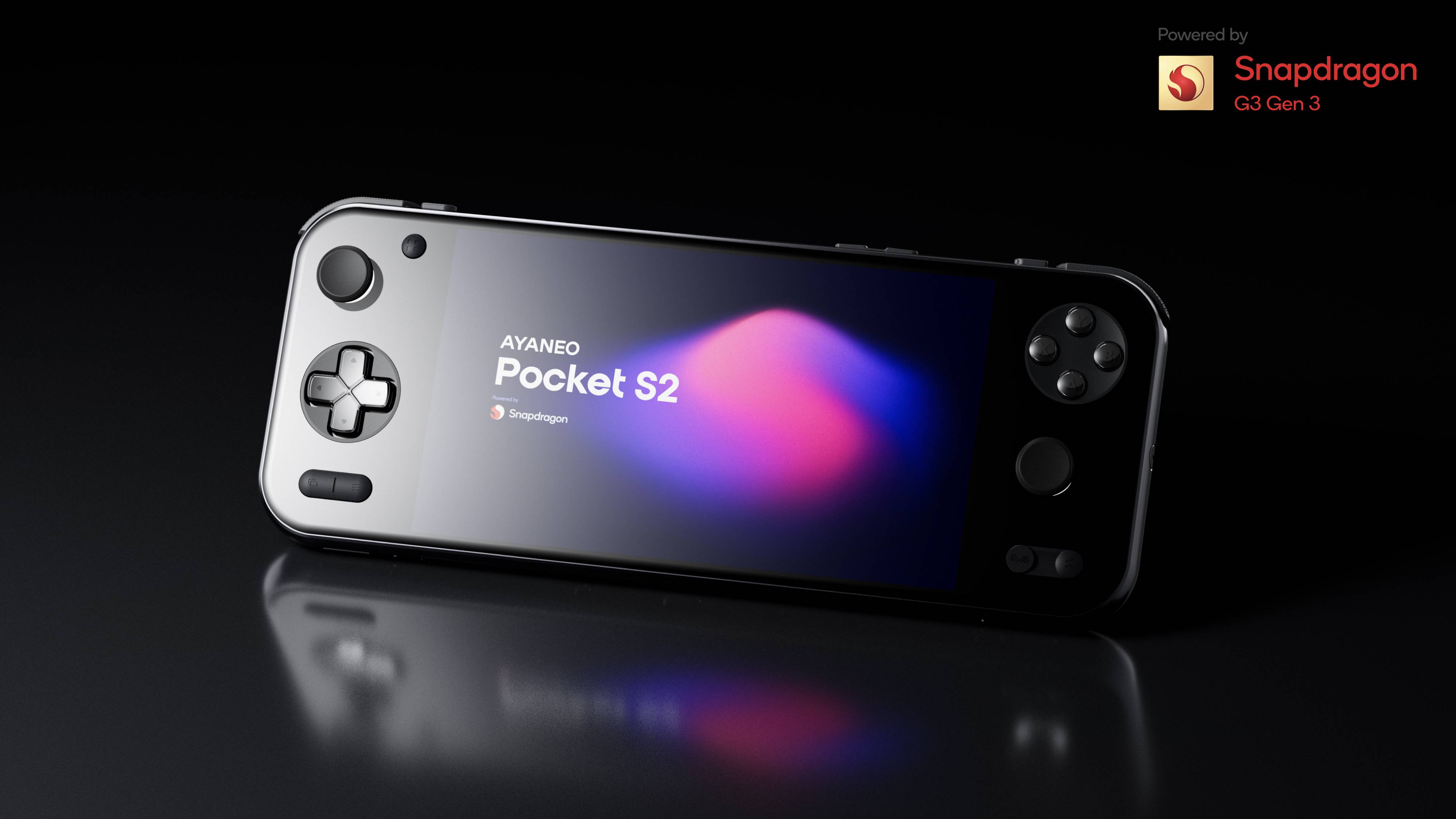
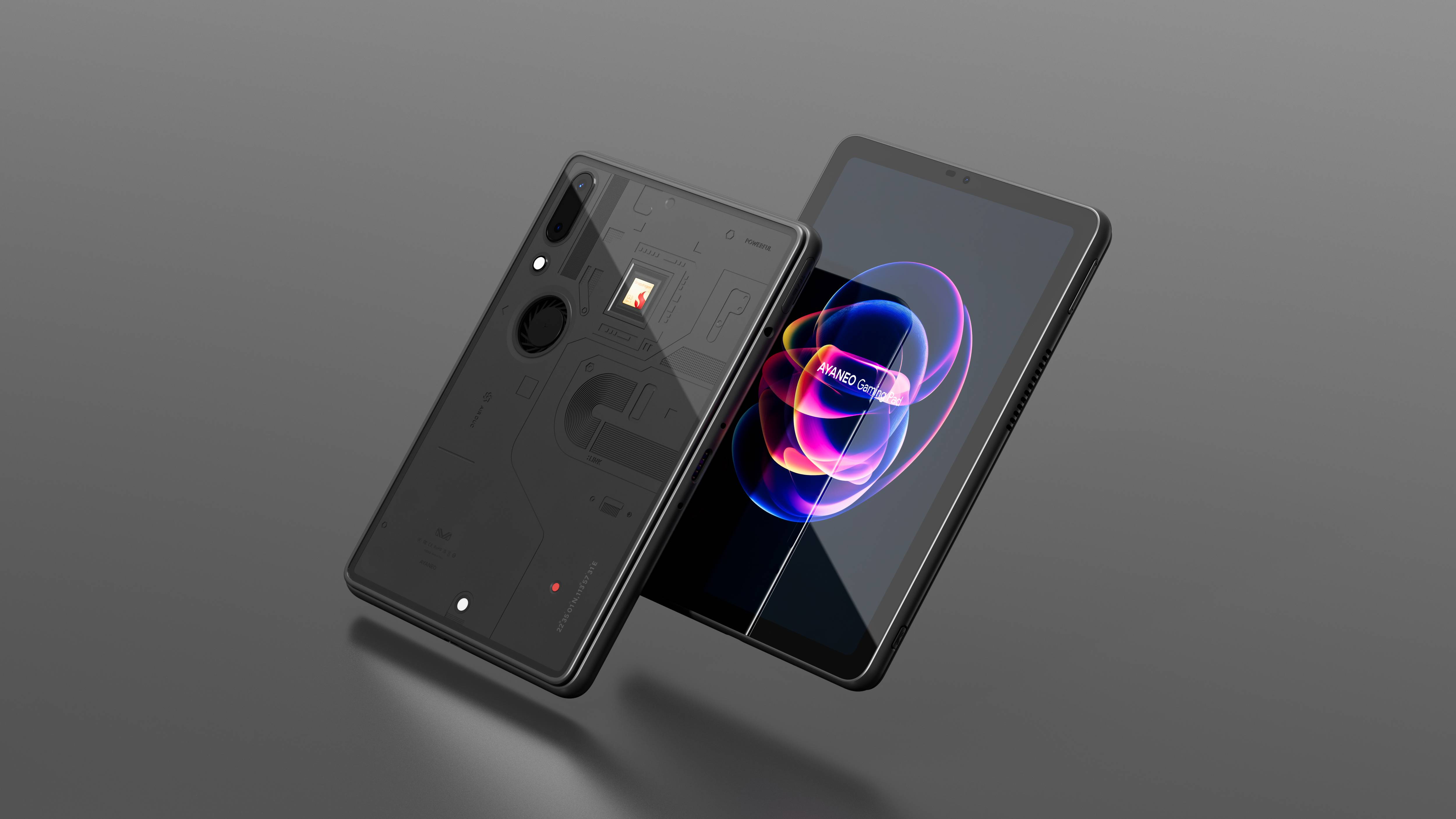

Snapdragon G3 Gen 3 has been confirmed to power three upcoming devices: the Ayaneo Pocket S2, the Ayaneo Gaming Pad, and the OneXPlayer OneXSugar.
The Ayaneo Pocket S2 is an Android-powered gaming handheld with a 6.3-inch IPS TrueColor display and a 1440p resolution. While Ayaneo claims a high-capacity battery for prolonged gaming sessions, the manufacturer didn't reveal the exact figure.
The Ayaneo Gaming Pad, on the other hand, is more of a tablet. The Android device has an 8.3-inch LCD with a 1440p resolution and 120 Hz refresh rate. The tablet flaunts a 50-megapixel rear camera and a 13-megapixel ultra-wide camera while having a 5-megapixel front snapper. It supports different peripherals, such as controllers or keyboards.
Meanwhile, the OneXSugar is like a combination of a Nintendo Switch and Nintendo DS. The gaming handheld has a dual-screen design: a 6.01-inch main screen and a 3.92-inch secondary screen.
Snapdragon G2 Gen 2
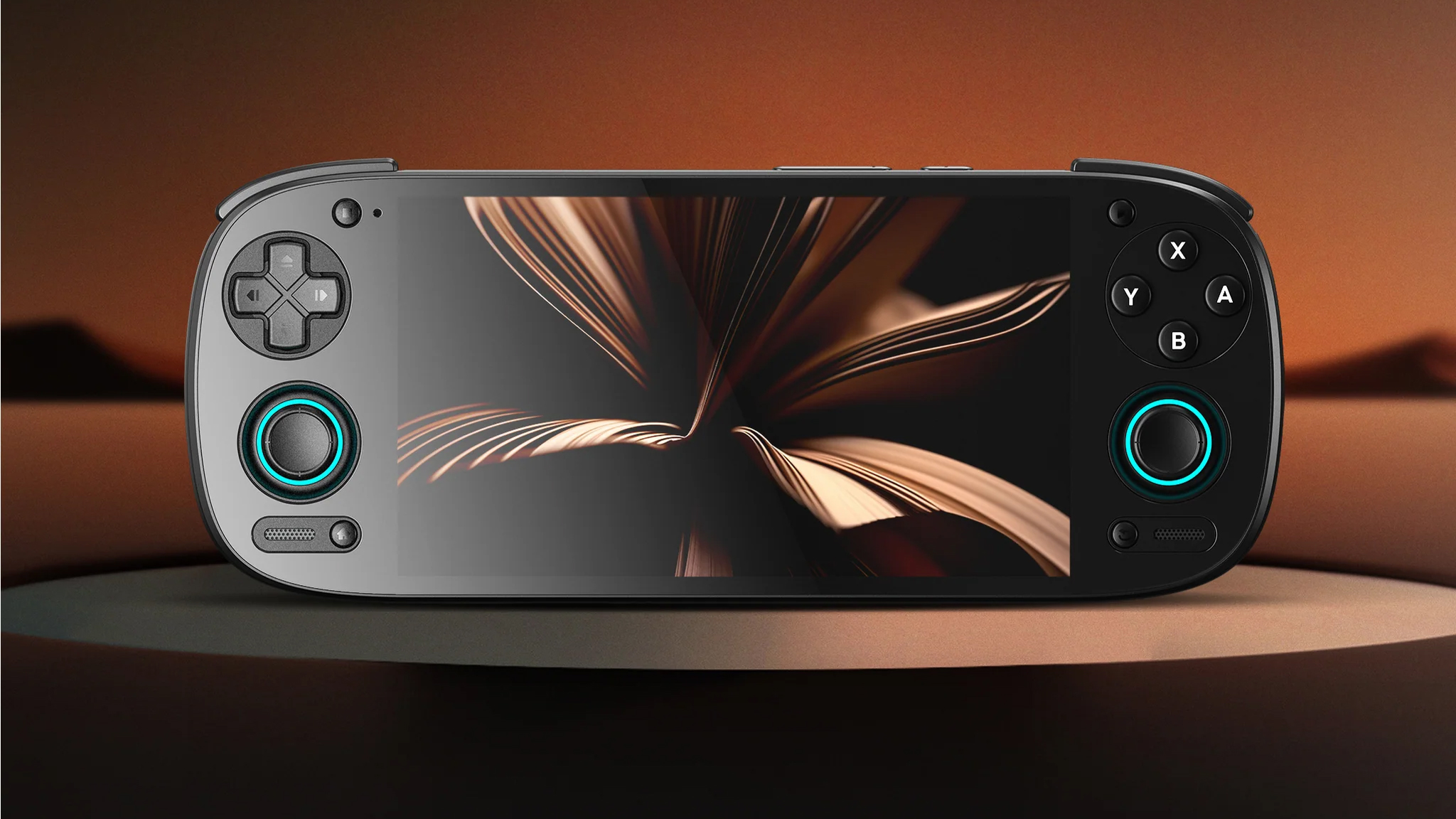
Retroid Pocket's next-generation gaming handheld will leverage the Snapdragon G2 Gen 2. While the company didn't reveal the exact model, it's reasonable to assume that it should be the Retroid Pocket 6, the successor to the brand's overly popular Retroid Pocket 5.
The Retroid Pocket 5 came out a few months ago, sporting the Snapdragon 865 chip, which is a little long behind the tooth. The Snapdragon G2 Gen 2 should offer a significant upgrade.
Snapdragon G1 Gen 2
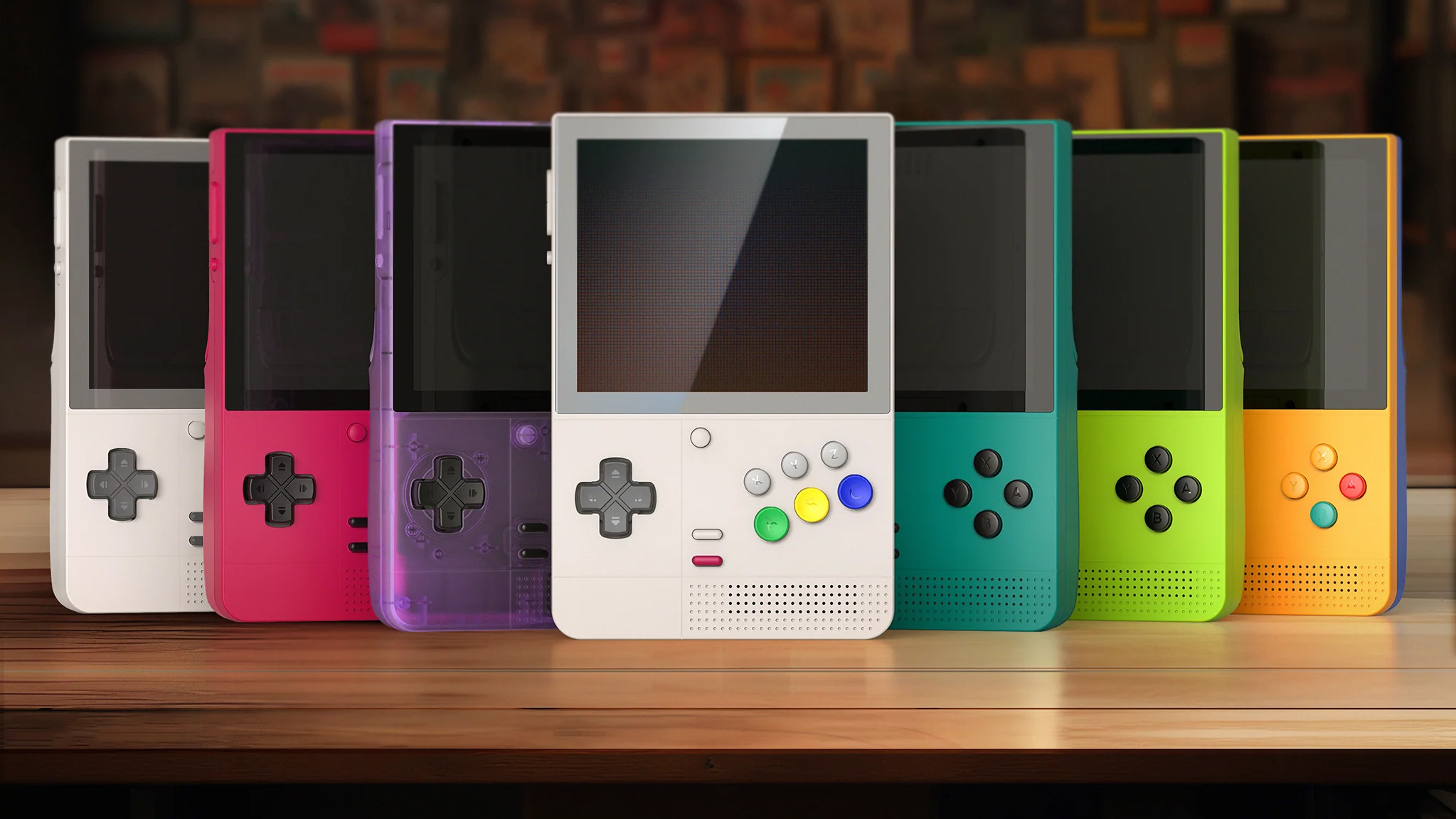
The Retroid Pocket Classic will be the first gaming handheld to launch with the Snapdragon G1 Gen 2 chip. The Game Boy-inspired handheld has a 3.92-inch AMOLED screen with a resolution of 1240 x 1080 pixels and a brightness of 500 nits.
Specification-wise, the Retroid Pocket Classic has 4GB of LPDDR4x-2133 memory and 64GB of eMMC 5.1 storage. This variant sells for $119, whereas the variant with 6GB LPDDR4x-2133 and 128GB eMMC 5.1 retails for $129. Preorders start today at 9:30 PM ET.

Zhiye Liu is a news editor, memory reviewer, and SSD tester at Tom’s Hardware. Although he loves everything that’s hardware, he has a soft spot for CPUs, GPUs, and RAM.
-
ezst036 I'd like to see one with an ARM port of SteamOS 3.7, which is rumored to be coming to a general release soon.Reply -
thestryker The way Qualcomm is obfuscating what these are I just assume they're Snapdragon 8 derivatives (if not the same chip).Reply -
kealii123 Reply
I'd like to think they are cheaper (binned) versions of the 8 Elite, but with lower CPU core counts while retaining the same iGPU, but who knowsthestryker said:The way Qualcomm is obfuscating what these are I just assume they're Snapdragon 8 derivatives (if not the same chip). -
atomicWAR Yeah but will their iGPU drivers still be trash? Until they properly tune their drivers I can't see these being very good at gaming and that's before you consider the fact they are arm based using a translation layer to run x86/x64 which hinders CPU performance a fair bit. Regardless happy to see more players in the PC space.Reply -
thestryker Reply
They're not because these are labeled as being "Kryo" cores which means they're Arm IP instead of in house. The GPUs use a completely different naming convention too so until they announce hardware specifics it'll be hard to determine what they are, but it's unlikely to be the 830.kealii123 said:I'd like to think they are cheaper (binned) versions of the 8 Elite, but with lower CPU core counts while retaining the same iGPU, but who knows -
erazog Unless it runs Steam, its not a competitor to Intel/AMD handhelds, Android doesn't count.Reply
They could in theory put Windows on it but I doubt MS/Qualcomm would be too keen on the idea, no -one makes Arm native games other than Android. -
circadia Reply
in their defense, you could just use something like 3rd-party drivers (like Turnip for Snapdragon 6/7/8xx or 6/7/8 Gen x, for example). Those things are used a lot by mobile gamers, particularly ones doing Nintendo Switch/PlayStation 2/Windows emulation.atomicWAR said:Yeah but will their iGPU drivers still be trash? Until they properly tune their drivers I can't see these being very good at gaming and that's before you consider the fact they are arm based using a translation layer to run x86/x64 which hinders CPU performance a fair bit. Regardless happy to see more players in the PC space. -
dalek1234 What is the use for these? It runs Android. So this is basically an Android tablet, or a larger version of an Android phone, with physical controls, which runs Android games. Will the larger screen improve my Angry Birds aim, like the Window's version of Angry Birds did?Reply
Qualcomm is trying to join the hand-held gaming frenzy, with a device that has extremely limited uses. -
circadia Reply
for... mobile games, obviously? I think the chips are made to be targeted at the Asian market (India/China/South-East Asia), which has a *lot* of mobile gamers playing Call of Duty Mobile, PUBG Mobile, Free Fire, Arena of Valor (basically just League of Legends but mobile and such), etc.dalek1234 said:What is the use for these? It runs Android. So this is basically an Android tablet, or a larger version of an Android phone, with physical controls, which runs Android games. Will the larger screen improve my Angry Birds aim, like the Window's version of Angry Birds did?
Qualcomm is trying to join the hand-held gaming frenzy, with a device that has extremely limited uses.
and, well, Google's been trying to push for more gaming on Android. Android 16 will be the first version of Android to include Vulkan API natively, which means porting PC games to mobile devices will be easier to be done.